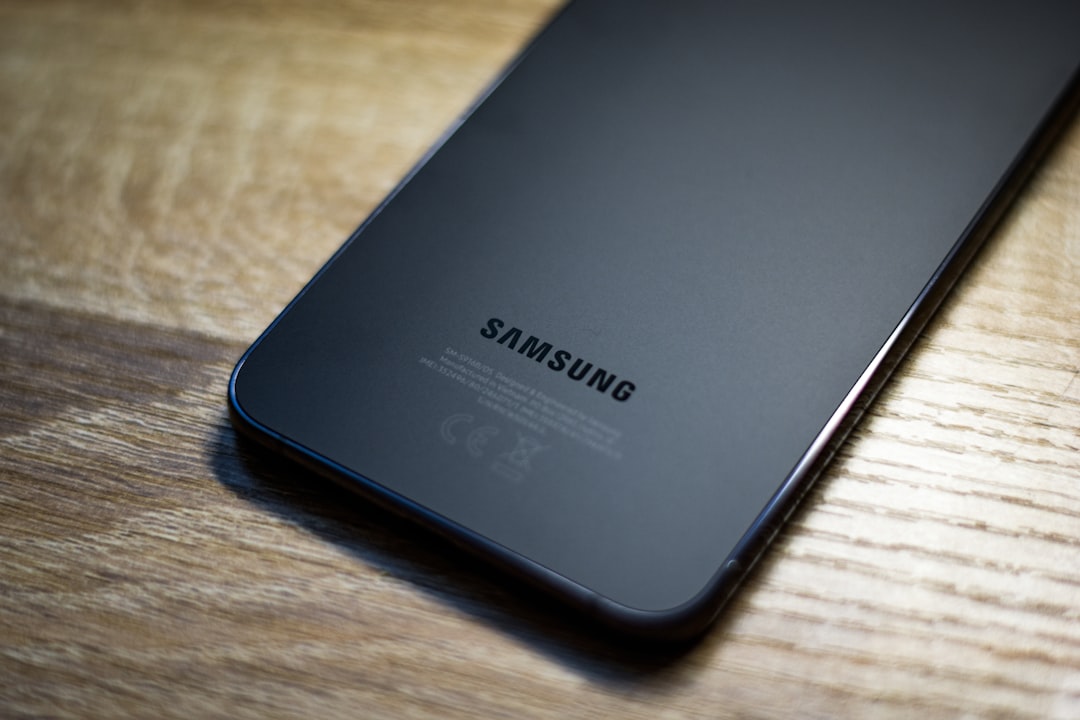In recent years, mobile carriers and smartphone manufacturers have introduced a wave of technological upgrades aimed at enhancing the user experience. One such innovation is VoLTE, which stands for Voice over Long-Term Evolution. While many users benefit from this technology daily, others may find it consumes data or doesn’t function well on specific networks, leading to the desire to turn it off. But what exactly is VoLTE, and how can someone disable it if they choose to?
What Is VoLTE?
VoLTE is a technology that allows you to make voice calls using your phone’s 4G LTE data network rather than the traditional 2G or 3G voice networks. This shift brings a variety of benefits such as:
- Improved call quality: With HD Voice, VoLTE calls are much clearer and more natural than traditional mobile calls.
- Faster call setup: Calls connect more quickly compared to non-VoLTE connections.
- Simultaneous voice and data: You can browse the internet, use GPS, or stream music while on a call.
Essentially, VoLTE takes advantage of the faster and more robust LTE network to carry voice traffic, something that wasn’t possible in the older days of cellular networks.

How Does VoLTE Work?
VoLTE operates by routing voice calls over the LTE network using a specialized packet-switching protocol. Unlike previous networks that used circuit-switching for voice, LTE was originally designed only for data. VoLTE combines both realms, letting users stay on the LTE network without reverting to older technologies during phone calls.
This seamless experience means fewer dropped calls and better overall performance. However, for VoLTE to work, both the network and the smartphone must support it. Additionally, the recipient of the call must also be using a VoLTE-compatible device for the enhanced quality to take effect.
Why You Might Want to Turn It Off
Despite its advantages, there are scenarios in which users might want to disable VoLTE:
- Inconsistent network coverage: In rural or underdeveloped areas, LTE might not be fully reliable, leading to dropped or poor-quality calls.
- Compatibility issues: Not all phones or carriers handle VoLTE equally well. International roaming can also cause problems if VoLTE isn’t supported in a region.
- Battery consumption: Although minimal, there might be cases where VoLTE increases data use and hinders battery life.
- Troubleshooting device issues: If call quality suddenly degrades or you experience call failures, turning off VoLTE temporarily can help isolate the issue.

How to Check If VoLTE is Enabled
On most modern smartphones, VoLTE is enabled by default. To confirm whether VoLTE is on, you can usually find an indicator like ‘HD Voice’ or ‘VoLTE’ in the top status bar during calls. You can also manually verify it through your phone settings:
For Android Users:
- Go to Settings.
- Tap on Connections or Network & Internet.
- Select Mobile Networks.
- Look for the VoLTE calls or 4G Calling option.
For iPhone Users:
- Open Settings.
- Tap on Cellular, then Cellular Data Options.
- Choose Voice & Data.
- You should see an option to enable or disable VoLTE.
If these options are missing from your phone, it could be due to carrier restrictions or lack of network support for VoLTE on your device.
How to Turn Off VoLTE
On Android Devices:
The exact wording and steps may vary slightly depending on your phone’s manufacturer (Samsung, Huawei, Xiaomi, etc.), but the process is generally as follows:
- Open Settings from the home screen or app drawer.
- Go to Mobile Networks or SIM card & mobile network.
- Select your active SIM card.
- Toggle off the VoLTE or Enhanced 4G LTE Mode option.
On iPhones:
- Launch the Settings app.
- Tap Cellular then go to Cellular Data Options.
- Choose Voice & Data.
- Select 3G to disable VoLTE (make sure you save your changes if prompted).
After disabling VoLTE, your calls will now be placed over the 3G or 2G network if available, which may decrease call quality but could solve specific technical problems.
Implications of Disabling VoLTE
Turning off VoLTE comes with several trade-offs. Users may notice:
- Reduced call quality, especially in areas with strong LTE coverage.
- Slower call connection times.
- Inability to use mobile data while on a call.
In some cases, particularly with carriers that rely primarily on LTE networks, disabling VoLTE can limit your ability to make or receive calls altogether. Therefore, it’s advised to only turn it off if absolutely necessary and to test your network performance after the change.

Conclusion
VoLTE is a game-changing feature in modern mobile communication, boosting call quality, efficiency, and enhancing multitasking capabilities. However, it may not be ideal for everyone in every situation. Fortunately, turning it off is straightforward on both Android and iOS devices. Before deciding to disable VoLTE, users should weigh the advantages and potential drawbacks to ensure the decision aligns with their specific needs and mobile usage patterns.
Frequently Asked Questions (FAQ)
- 1. Is VoLTE the same as Wi-Fi Calling?
- No, VoLTE uses your cellular LTE network for voice calls, while Wi-Fi Calling routes calls through a Wi-Fi connection. Both aim to improve call quality but operate differently.
- 2. Will disabling VoLTE affect my internet speed?
- Disabling VoLTE doesn’t directly affect your internet speed, but it can restrict simultaneous voice and data usage during a call. For example, you might lose data access when on a call over a 3G network.
- 3. Can VoLTE be turned off permanently?
- Yes, once you disable it in the settings, it will remain off unless manually turned back on or changed during a software update or carrier setting update.
- 4. Will I still be able to make calls without VoLTE?
- Yes, your phone will revert to using 2G or 3G networks (if available) for voice calls. However, call quality and connectivity may suffer depending on network coverage in your area.
- 5. Does VoLTE use my mobile data allowance?
- Generally, VoLTE calls do not count against your mobile data allowance. Voice traffic is treated separately from standard data, although this can vary between carriers.

